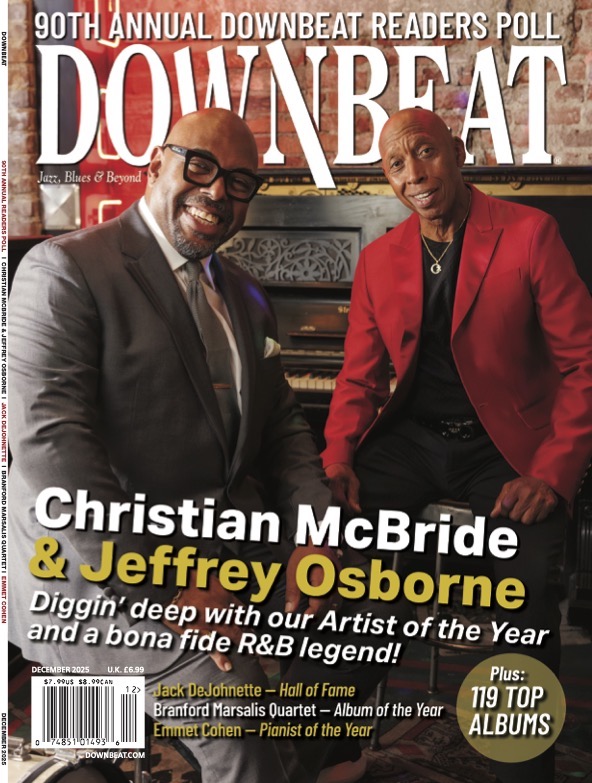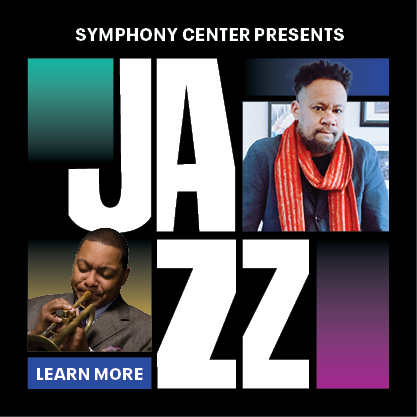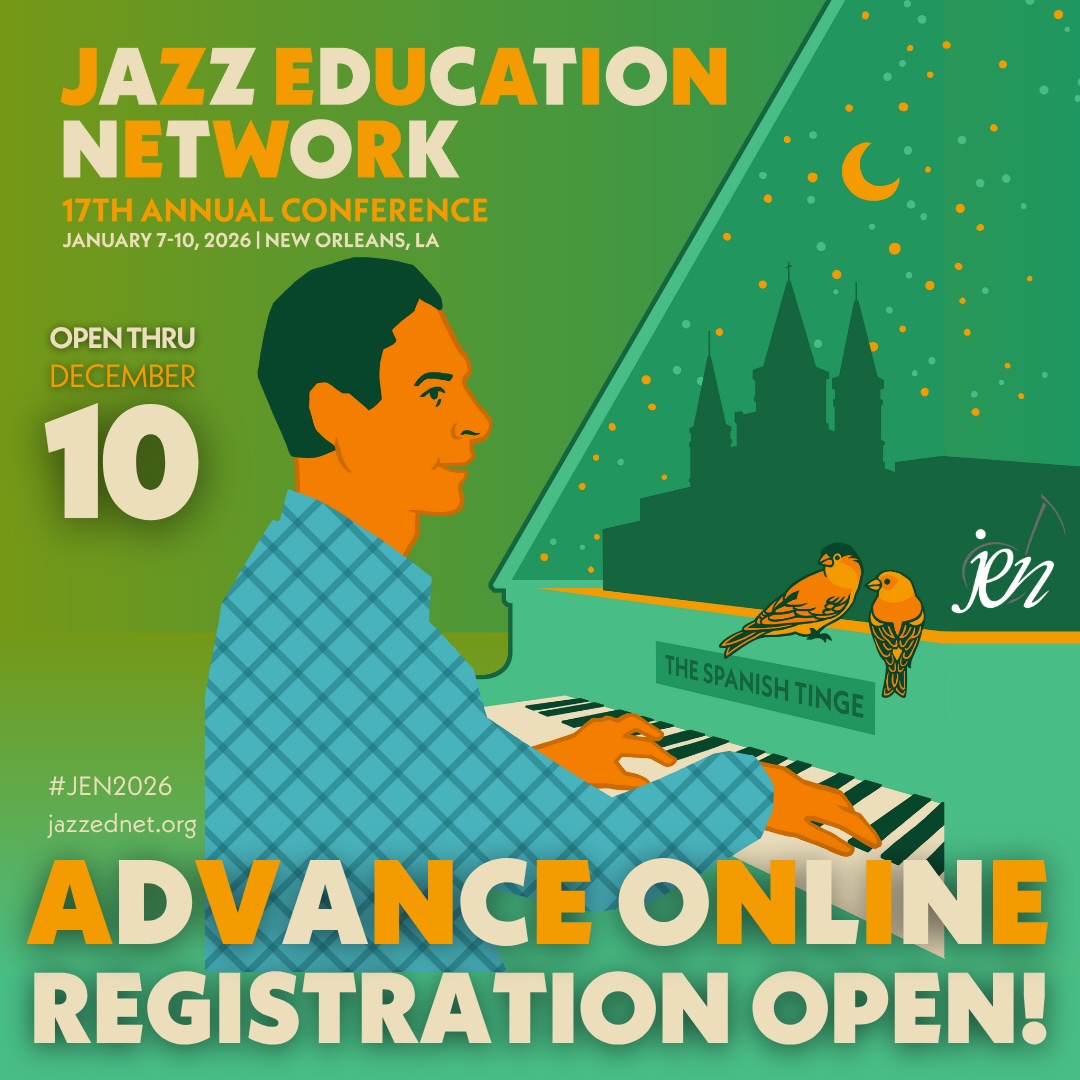Oct 28, 2025 10:47 AM
In Memoriam: Jack DeJohnette, 1942–2025
Jack DeJohnette, a bold and resourceful drummer and NEA Jazz Master who forged a unique vocabulary on the kit over his…
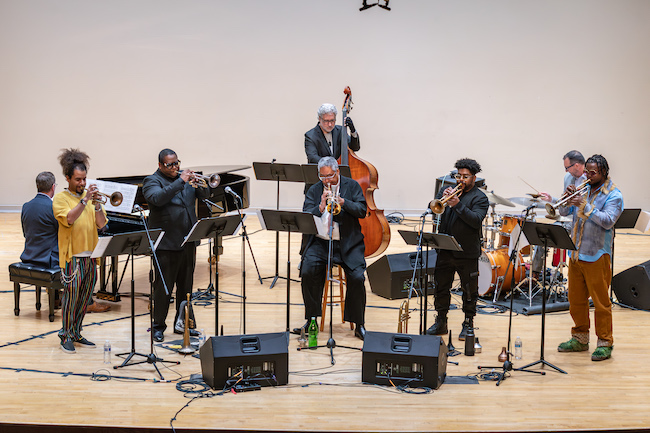
Trumpeters Ashlin Parker (left), Freddie Hendrix, Jon Faddis, Corey Wilkes and Maurice Brown perform with pianist Matthew Fries, bassist Carlo De Rosa and drummer Keith Hall during the Oct. 11 summit.
(Photo: Courtesy Western Michigan University)It’s been over seven years since the passing of the now-revered trumpeter Roy Hargrove. The composing bandleader had just turned 49 when he died of a heart attack brought on by a kidney disease. A recent “summit” of trumpeters came to Western Michigan University in Kalamazoo on Oct. 11 to celebrate what has turned out to be an impressively eclectic legacy that included not only jazz, but hip-hop, soul, r&b, funk and alternative rock.
The Grammy-winning Hargrove was posthumously elected to the DownBeat Hall of Fame in 2021, after having won for best trumpeter in the magazine’s Readers Poll in 2019. That wide-ranging legacy was on display in a relatively modest way with the concert in WMU’s Dalton Recital Hall. In what turned out to be a near-standing-room-only show clocking in at just under two hours, the summit featured a bevy of horn players, five in all, ranging in age and reflective of Hargrove’s stylistic interests. Senior statesman Jon Faddis led the trumpet entourage, which also included Freddie Hendrix (the program’s music director), Corey Wilkes, Maurice Brown and Ashlin Parker. In various configurations — which included all five performing in a chorus-like fashion and alternately in groups of two, three and four — the music was spurred on mightily by members of the WMU jazz faculty trio of pianist Matthew Fries, bassist Carlo De Rosa and drummer Keith Hall, who, along with the Emmy Award-winning Jen Vanchula, served as co-producer.
But, given that we were “on campus,” there were the usual daytime master classes that preceded the evening concert. In each case, revealing moments reflected the differing and congruent approaches that each of the five trumpeters shared with various brave and eager high school- and college-aged musicians, upwards of 50 in all.
The various master classes included an improv class, with students working off a generic 12-bar blues. Ashlin Parker made the point that “it’s about conversation, listening to each other” as musicians started and stopped at key intervals. This was followed by a student performance adjudication, the students almost reverently listening to every word that Parker, Maurice Brown and Corey Wilkes had to share. The overriding emphasis seemed to be stressing the importance of staying engaged all the way through a musical performance. At one point, Faddis, speaking from the audience seats, made the point that “you have the play the room,” echoing a point made earlier by Wilkes. “Softly, but with intensity.” Faddis, for his part in leading a trumpet master class later, talked with five trumpeters, opening with each the question, “How can I help you?” It was all about practice, and practicing slowly, “like in a Tai Chi class.” Freddie Hendrix was quick to add, “You have to sing it to play it.” Faddis asked each trumpeter, one at a time, “How many hours do you practice?” The amount was not the issue. It was more about how each student spent those hours.
In addition, there was an appreciation/presentation by Millard Southern III on the life and legacy of Roy Hargrove. Southern, an ordained minister, jazz musician and social activist, was instrumental in putting this tribute together. Speaking of Southern, Keith Hall said, “Millard’s vision of assembling these five trumpet all-stars in one place to celebrate Roy Hargrove turned out to be an epic event.” He was quick to add: “It was the John Stites money and the concerted efforts of the WMU jazz community that made this summit possible.” The late Stites was a Kalamazoo-based music producer/engineer who recorded jazz legends along with local talents in a variety of styles.
The evening’s program started off with one of many Hargrove compositions, “Nothing Serious,” all five guest artists lined up in a kind of semi-circle. This bright, uptempo number featured a trumpet chorus, a rolling samba pulse amidst a series of solos by each player. Hendrix was blazing hot, Wilkes’ spit-fired playing followed by squawking exchanges between Faddis and Brown. Slide Hampton’s “A Day In Vienna” offered a soft, resolutely calm contrast, all horns on deck blending in and around Hendrix’s mellow flugelhorn on the heels of Brown’s purring trumpet voice. A short, reflective solo by De Rosa provided even more contrast. The first of many set changes followed as the trio was now in support of Parker and Hendrix alone with a rendition of John Hicks’ ballad “After The Morning.” A lyrical waltz, the tune naturally led into a ballad medley of four more, Hargrove’s “Natural Wonders,” “Joy Is Sorrow Unmasked,” Benny Golson’s “I Remember Clifford,” ending with Hargrove’s “Rouge.” Hendrix delivered one of a number of talks between songs (all in various ways in tribute to Hargrove). The medley started off with Hendrix and Parker sharing sweet, unison lines with more flugelhorn touches delivered in a slow, meditative manner. The Golson classic featured Faddis, Brown and Parker with sympathetic support from De Rosa and Hall (minus piano) in a spare, almost dry rendition of this beautiful melody, the three-way between the horns sufficient with no solos. As with the other three numbers, Hargrove’s “Rouge” continued the mellow, relatively calm mood, now with all horns, Hendrix conducting. Orchestral in delivery, “Rouge” served to remind us of how eloquent Hargrove the composer could be. Again, no solos.
Hargrove’s “Public Eye” and Freddie Hubbard’s “Mr. Clean” got the room moving again with lively, samba-fueled rhythms and uptempo straightahead swing, everyone on fire with blistering solos, Brown’s in particular a standout. Throughout this enlivened turn of events, the trio of Fries, De Rosa and Hall went from being more-than-able support staff to front-and-center goove-meisters, Hall dishing up a ferocious, rhythmically infectious solo midway through. Things got funky with another three-way showdown between Wilkes, Brown and Parker with “Brisket,” Brown’s more animated gestures drawing the crowd into the music’s naturally playful vibe. Following a short verbal reminiscence by Parker, all five were on stage for the summit’s concluding number, Hargrove’s touching, soulful rocker “Roy Allen,” named for his father. All told, a fitting end to a loving tribute. DB
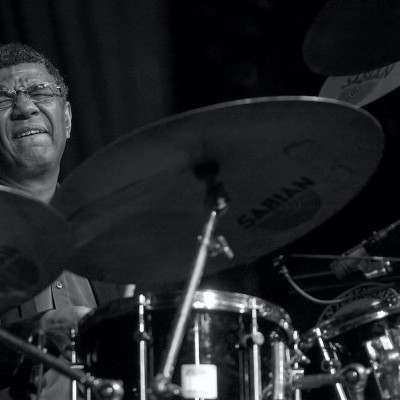
Jack DeJohnette boasted a musical resume that was as long as it was fearsome.
Oct 28, 2025 10:47 AM
Jack DeJohnette, a bold and resourceful drummer and NEA Jazz Master who forged a unique vocabulary on the kit over his…
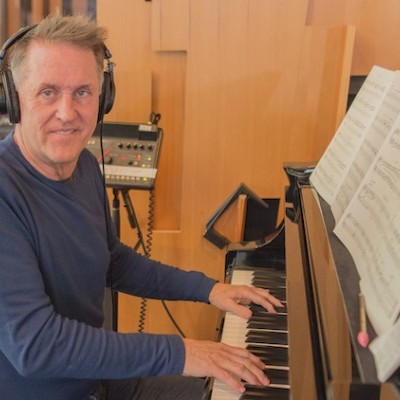
Goodwin was one of the most acclaimed, successful and influential jazz musicians of his generation.
Dec 9, 2025 12:28 PM
Gordon Goodwin, an award-winning saxophonist, pianist, bandleader, composer and arranger, died Dec. 8 in Los Angeles.…
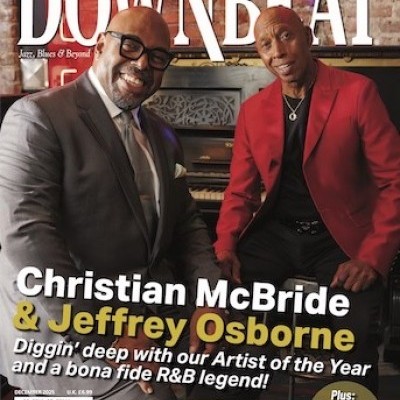
Nov 13, 2025 10:00 AM
For results of DownBeat’s 90th Annual Readers Poll, complete with feature articles from our December 2025 issue,…
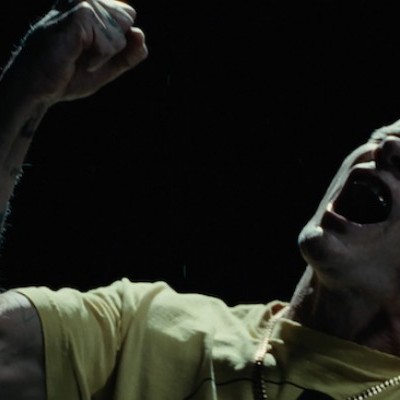
Flea has returned to his first instrument — the trumpet — and assembled a dream band of jazz musicians to record a new album.
Dec 2, 2025 2:01 AM
After a nearly five-decade career as one of his generation’s defining rock bassists, Flea has returned to his first…
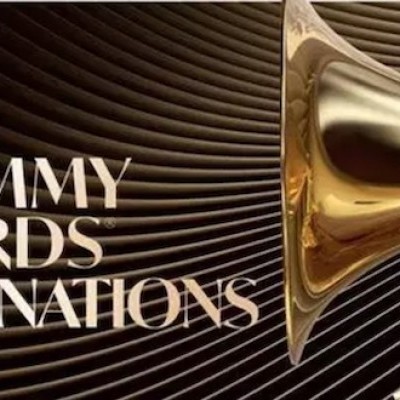
To see the complete list of nominations for the 2026 Grammy Awards, go to grammy.com.
Nov 11, 2025 12:35 PM
The nominations for the 2026 Grammy Awards are in, with plenty to smile about for the worlds of jazz, blues and beyond.…

